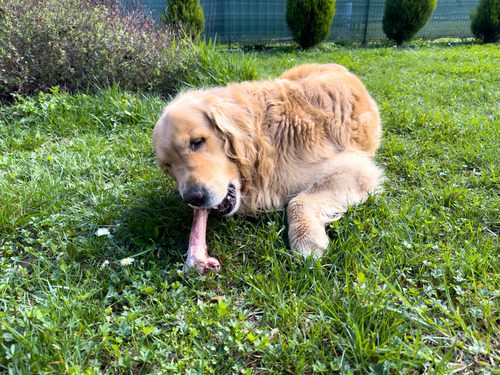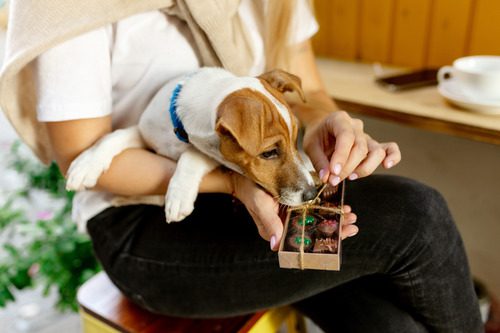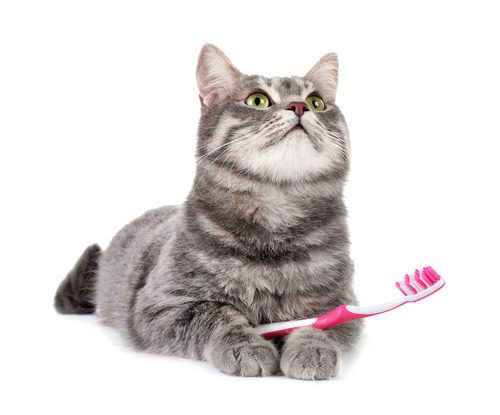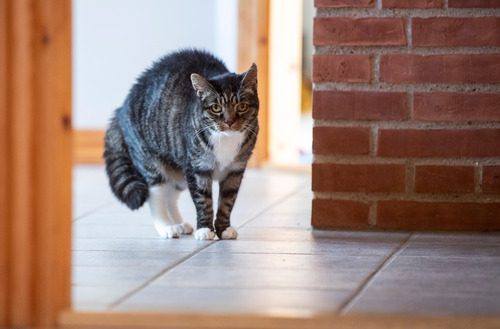6 Tips for Puppy Training and Teaching Good Behavior
If you have a new puppy in your household or you’re thinking of getting one soon, you’re probably wondering how you can train your puppy to behave well. Proper puppy training is a crucial part of owning a pet at this young age, and you can do a lot to shape your dog’s future personality and behaviors by training them as a puppy.
Below, you’ll find a quick list of tips to help you get started. You can use this information to choose the right training options for your new puppy and help them on the road to success.
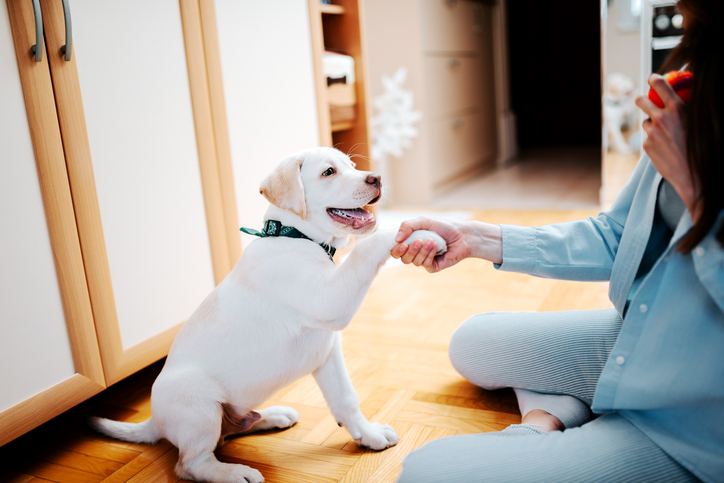
1. Start with Potty Training
Puppies should always begin with proper potty training. Take your puppy outside every couple of hours for the first few weeks you have them and give plenty of treats and praise after going to the bathroom outdoors. Soon, your puppy will associate outdoor potty habits with getting rewarded and will begin waiting to go outside when they need to potty, too.
Understand, however, that young puppies can only hold their bladders and bowels for a couple of hours at most. Potty accidents will happen, but with the right potty-training routine, you can help keep them few and far between.
2. Consider Crate Training
Crate training may not work well for every dog and may not be the ideal solution for every household, either. However, if you think you and your dog may benefit from it, crate training can make a huge, positive difference in the life of your puppy.
Crate training encourages your puppy to think of the crate as their own safe space. This relation, in turn, gives your puppy somewhere to go and relax or cool down if they are getting too energetic, scared, or overstimulated. Crates can also keep your puppy safe and out of mischief when no one is home. Many dogs continue to use their crates for naptime well into adulthood for this reason.
3. Use Positive Reinforcement Only
Stick to positive reinforcement when training your puppy. Punishing your puppy for incorrect behavior will only serve to make them afraid of you or of the situation, which will set them back several steps in training. Instead, reward your puppy for good behavior and simply ignore incorrect behavior, and they will quickly learn to do only that which earns a treat.
Positive reinforcement is usually given in the form of high value treats. However, for some dogs, praise and attention are reward enough. If your dog responds well to praise, you can alternate treats and petting to help them understand they are doing something right.
4. Try a Clicker
Many dogs respond well to clicker training. To use a clicker, begin by simply giving your dog a treat every time you click. From there, they will come to expect a treat when hearing the click and will turn their attention to you at the sound.
You can use this mental connection between the click noise and treats to encourage your dog to behave properly. Over time, you can start simply clicking as a reward instead of giving a treat, and they will respond accordingly.
5. One Step at a Time
It may go without saying, but it is important to work one step at a time when training your dog. Do not overwhelm your dog (or yourself) by trying to learn too many tricks or commands in one setting.
Understand that your dog needs to take breaks in between training sessions. A young puppy can only pay attention for about 15 minutes at a time, and it is unfair to ask your puppy to try to listen or learn for longer stretches.
6. Build on Skills
Once your puppy has learned a few basic skills, you can begin building on these skills to teach harder commands. For example, once your dog has learned “sit,” you can start working on “stay.” “Sit” is also an important building block to teach your puppy “lay down” too.
By building on skills, you can help your puppy become successful at learning. They will feel confident knowing the first part of the command already and will quickly pick up the rest. Confidence goes a long way toward helping your puppy learn and grow.
Begin Puppy Training and Have Fun with Your Pet
With the help of this guide, you should be ready to get started training your new puppy right away. Remember that it is important to establish good behavior early in your puppy’s life so they can grow into a well-behaved dog in the future. To do this, you’ll need to start working on training almost as soon as you bring your pet home.
If you’re having any trouble with your pet’s behavior, talk to your veterinarian or work with a professional trainer for assistance. With the help of a professional, you can set your puppy up for success and work with them to reach the goals you set. If you have a new puppy be sure to book their first Heart + Paw appointment at any of our locations through the online form today!
Recent Posts
Can Dogs Eat Ham?
Ham is a popular meat found on many dinner tables, especially during the holidays. As a dog…
8 Signs and Symptoms of Diabetes in Dogs
Caring for a dog means being tuned in to the subtle changes that can reveal their overall…
Why Dogs Can’t Eat Chocolate and Tips for Keeping This Sweet Treat Out of Their Reach
Chocolate is a beloved indulgence for us, but for our dogs, it’s a hidden danger that can…
Why Cat Teeth Cleaning is Important For Your Pet’s Health
As a cat owner, you know how important it is to care for your feline friend’s overall…
Cat Body Language: A Guide To Understand What Your Cat is Telling You
Imagine trying to communicate without words, relying solely on subtle gestures, glances, and movements. This is how…
About Us
Heart + Paw was founded in 2018 by Chief Veterinary Officer Dr. George Melillo, who currently serves the Mid-Atlantic area. Heart + Paw offers a combination of veterinary care, pet grooming, and dog daycare to help be a resource in your pet parenthood journey.
We'd Love to Meet Your Four-Legged Friends
Find out how the friendly veterinary team at your local Heart + Paw can help your pets live longer, healthier lives by searching for a location near you.

